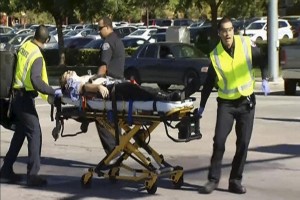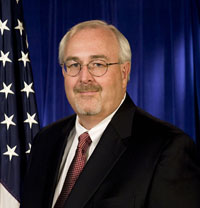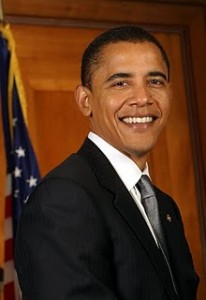December 2, 2015, 19 Americans were killed and 21 wounded in four incidents, one dead, three wounded in Georgia (Atlanta Journal Constitution), two dead in Texas in two incidents (ABC News) and 14 killed and 17 wounded in San Bernardino, California (NPR). In addition, two of the alleged shooters in California were killed and a police officer was wounded in a subsequent shoot-out with police.
As President Obama said, “We have a pattern now of mass shootings in this country that has no parallel anywhere else in the world.” (NY Daily News, ABC News, CBS News.)
A total of 12,209 Americans were shot to death in 350 incidents in the USA thus far in 2015, according to Gun Violence Archive. In 2014 the US population was 318.9 million. So the odds are 0.0038285% – 38.285 in a Million or 1 in 26 thousand (26,119.9) that YOU – or I – will be shot to death in America. That’s better that the one in 175 million chance of winning the Powerball Lottery (Ronald Wasserstein, Huffington Post, here).
Americans are 6,700 times more likely of being shot dead than winning Powerball.





